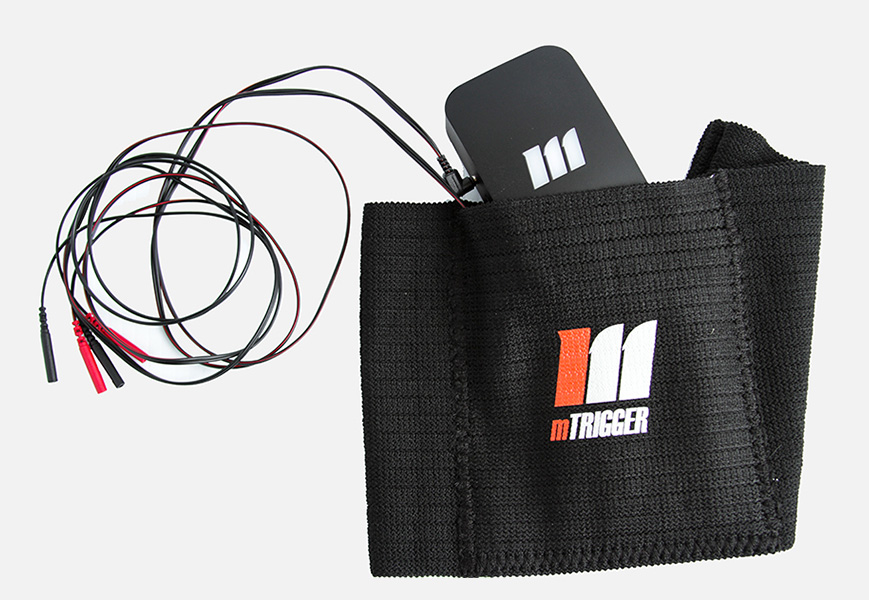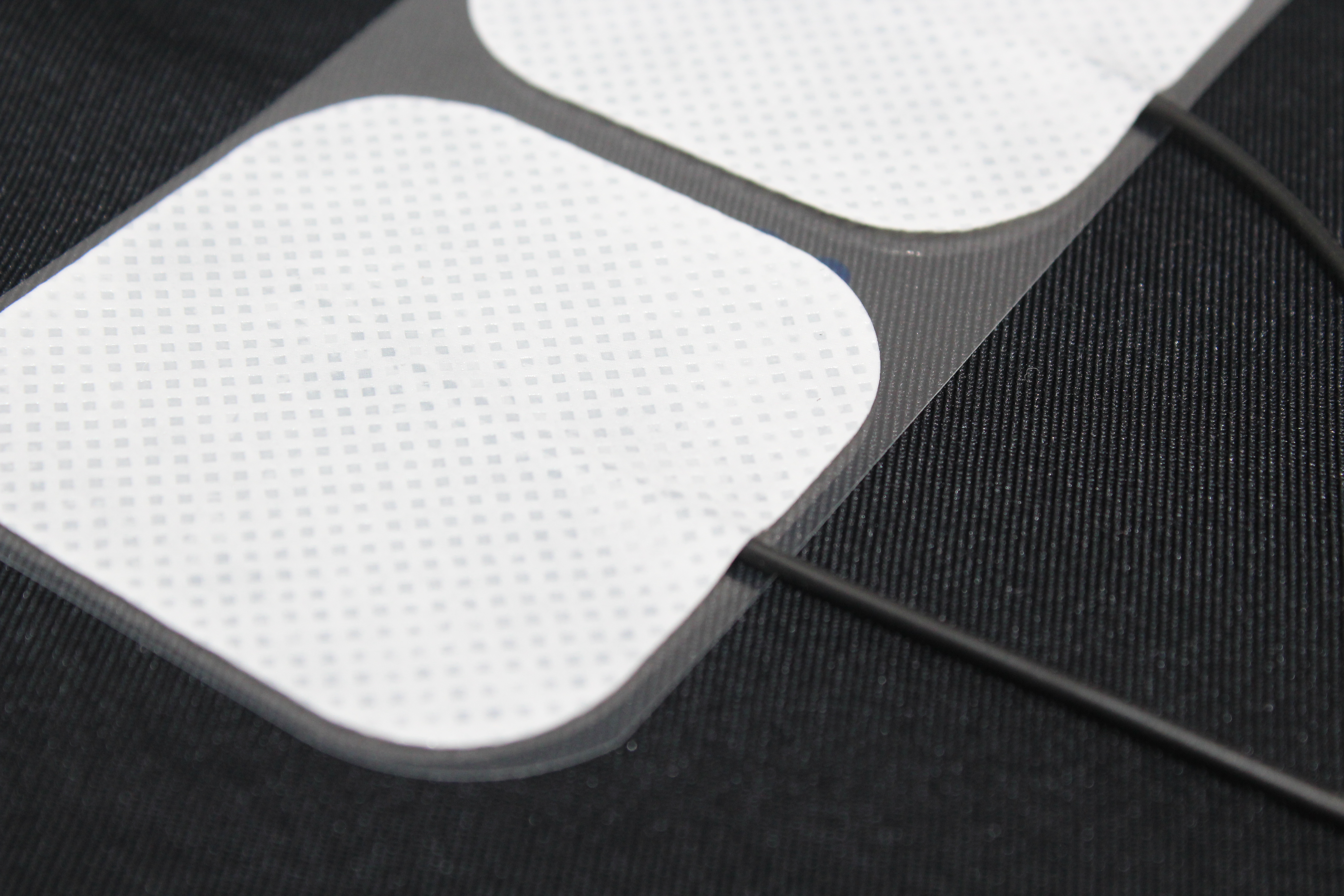Customer Spotlight Feature: Lesley Parrish, DPT and James Boyd III
Underlying much of what was discussed in part 1 (Performing Arts Athletes & Injury Prevention) is an all-too-common scenario plaguing collegiate and professional athletes: the lack of reinforcement of fundamental movement patterns as they progress to pre-professional and professional levels. While dance offers ample opportunity for technique practice (perhaps even more so than other sports) there is still the ever-present drive to perform, which can lead to infrequent critique and evaluation of the basics. If the only evaluation happens upon injury, athletes are predisposed to improper activation and potentially harmful movement patterns. Reinforcing proper technique and building the voluntary neuromuscular pathway is critical throughout the career of any athlete, and Parrish and Boyd are out to improve it. Through collaboration with Troy University Department of Theater and Dance, they are developing protocols to evaluate dancers and teach correct muscle activation preventatively – in the course of standard training – before there is ever an injury. Parrish almost always sees a deficit from dominant to non-dominant side, and notes that dancers in particular are very prone to fatigue and overuse injuries due to the lack of guidelines on how much they can practice. Furthermore, performing arts rarely fall under regulatory agencies that typically work with athletics. She asserts that in order to develop preventative and rehabilitative techniques specifically for this patient group, therapists and trainers must think about stability maintenance, and look at changes, deterioration, and force production over time and relative to fatigue.
To normalize the use of technology in assessment and get more continual measures for their preventative work, Parrish and Boyd will connect the mTrigger to a television (via iPad and HTML cord) in the studio so the dancers can see their muscle activation from a distance while they perform. This real-time feedback along with Parrish’s unique knowledge around preventative injury muscle activation techniques (much of her research background involves wearable Inertial Measurement Units, or IMUs) enables her to provide rich data that helps her athletes learn and reinforce healthy activation patterns that will protect their bodies throughout their careers. mTrigger, Parrish says, lends objectivity and protective measures to training, and empowers her athletes to sustain their studies and careers through injury prevention.
What do your athletes say about mTrigger?
According to Parrish, both dancers and instructors love the mTrigger system. Dancers quickly learn what muscles they are supposed to be activating, and “almost always” the instructor realizes that the dancer can in fact perform the problematic movement correctly once they are hooked up and receiving feedback. Recently, they have begun utilizing mTrigger with the fine arts department director, who loves that it gives the teachers a way to quantify training and progress.
Impact of Telehealth
While Lesley is currently out of the studio following national stay-at-home orders imposed on students and faculty alike, she notes that this kind of technology is the way that PT is headed. “I felt the wave of remote patient monitoring was coming at minimum six months ago – I contacted some ortho friends, and said we should start building online accessible rehab tracks.” Therapists’ hands have been forced awkwardly into this new reality, but there are opportunities for remote monitoring for injury prevention. With patients empowered to take care of their own health, being forced to treat themselves medically, we have an opportunity to connect with them on what their participation in rehabilitation can mean for long term outcomes.
“mTrigger extends my reach,” says Parrish, remarking on the value of a reduced need to see a therapist alongside an increase in the performance data available for evaluation. “Therapists’ hands on skills are critical, but under certain circumstances, you have to have other options and still be able to provide care, so devices are going to be critical moving forward.”
|
Bio:
Lesley Parrish is a licensed physical therapist that has dedicated 18 years of clinical practice to the art of caring for individuals with orthopedic and sports medicine injuries. Her focus has been in sports medicine with specialization in movement assessment, injury prevention, and rehabilitation of orthopedic injuries. She predominantly works with professional and collegiate athletes. She has worked with athletes from the Tennessee Titans, the Lipscomb University Bison, the New York Giants, the Montreal Alouettes, and the New York Jets. She has worked alongside physicians from the Andrews Sports Medicine and Orthopedic Center and Tulane Institute of Sports Medicine. Dr. Parrish’s research interest focuses on movement assessment and injury prevention utilizing wearable technology to assess movement strategy to prevent injury and the return to activity. More recently, she has had the privilege to work alongside the Troy University Department of Theater and Dance to develop strengthening strategies with dancers at the pre-professional level. In collaboration with James Boyd, Troy University Dance Faculty, she has been able to assist in creating programs that identify and prevent injury by promoting proper movement strategies. She currently serves as adjunct faculty for the Troy University Athletic Training Program. She received her Bachelor’s degree from The University of Alabama and was awarded a Doctorate Degree in Physical Therapy from Belmont University.
References:
The relatively high number of injuries reported and the resulting loss of dance time support the need to introduce interventions to reduce the risk of injury in professional dancers. J Orthop Sports Phys Ther 2012;42(9):781–790. Epub 19 July 2012. doi:10.2519/jospt.2012.3893
“Ballet Dancer Injuries As Common, Severe As Athletic Injuries.” ScienceDaily. ScienceDaily, 12 October 2000. https://www.sciencedaily.com/releases/2000/10/001012074634.htm








Leave A Comment